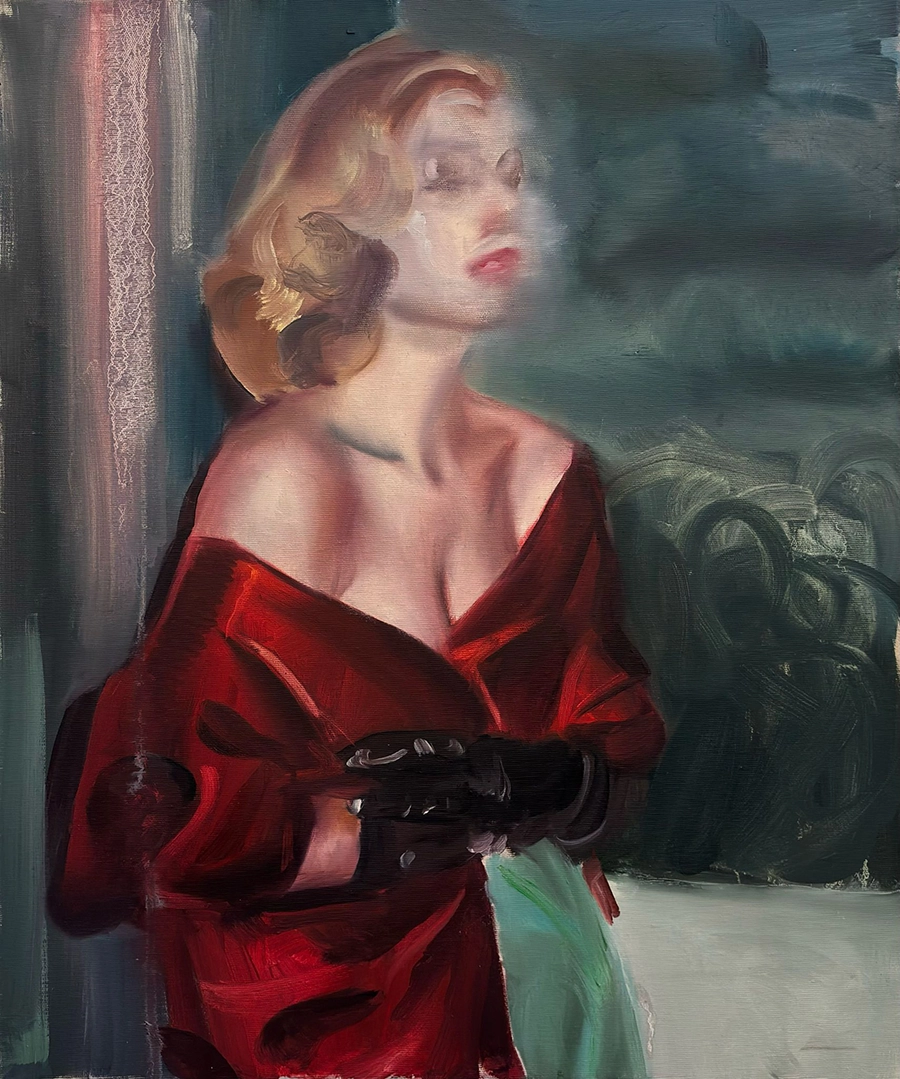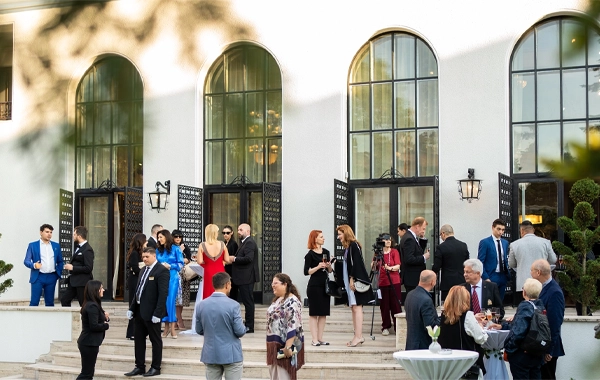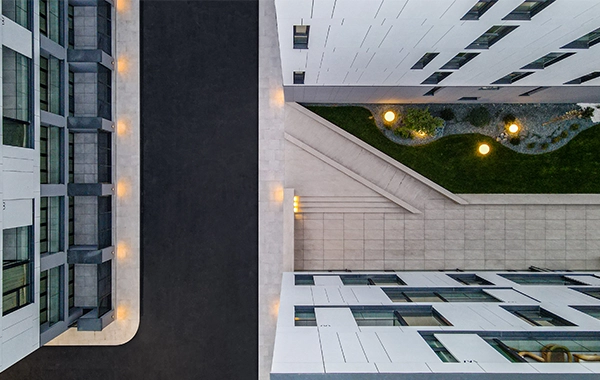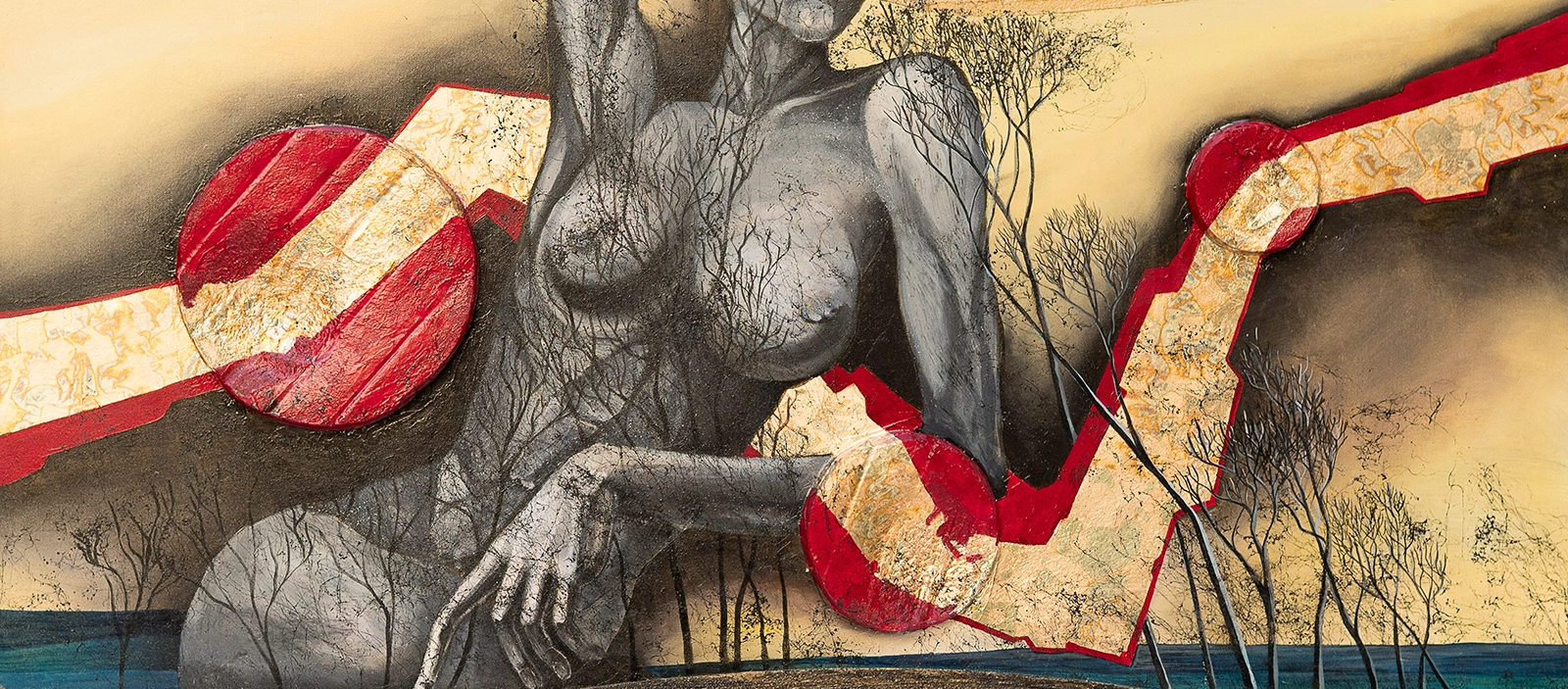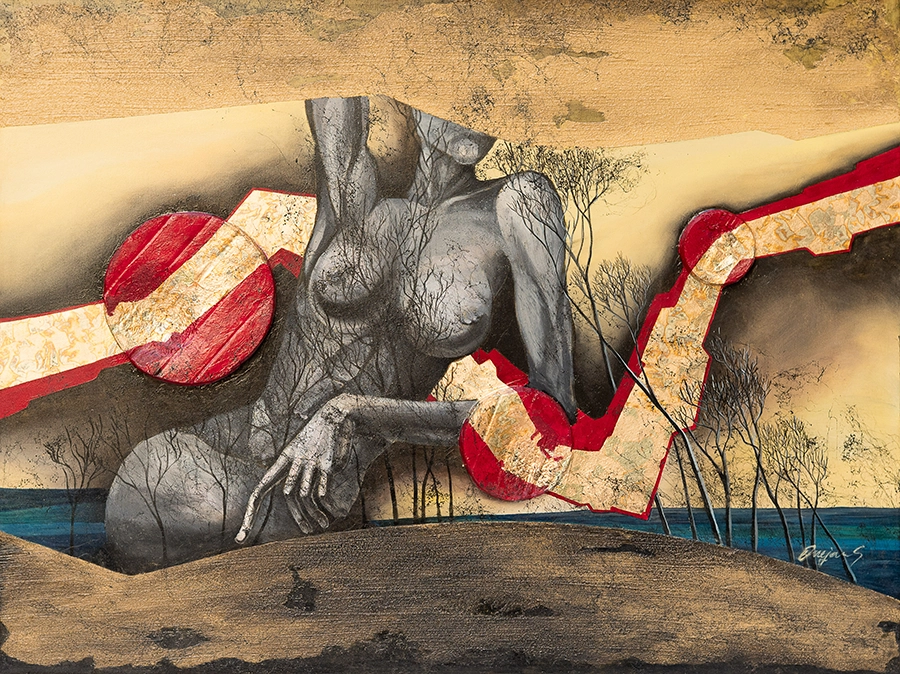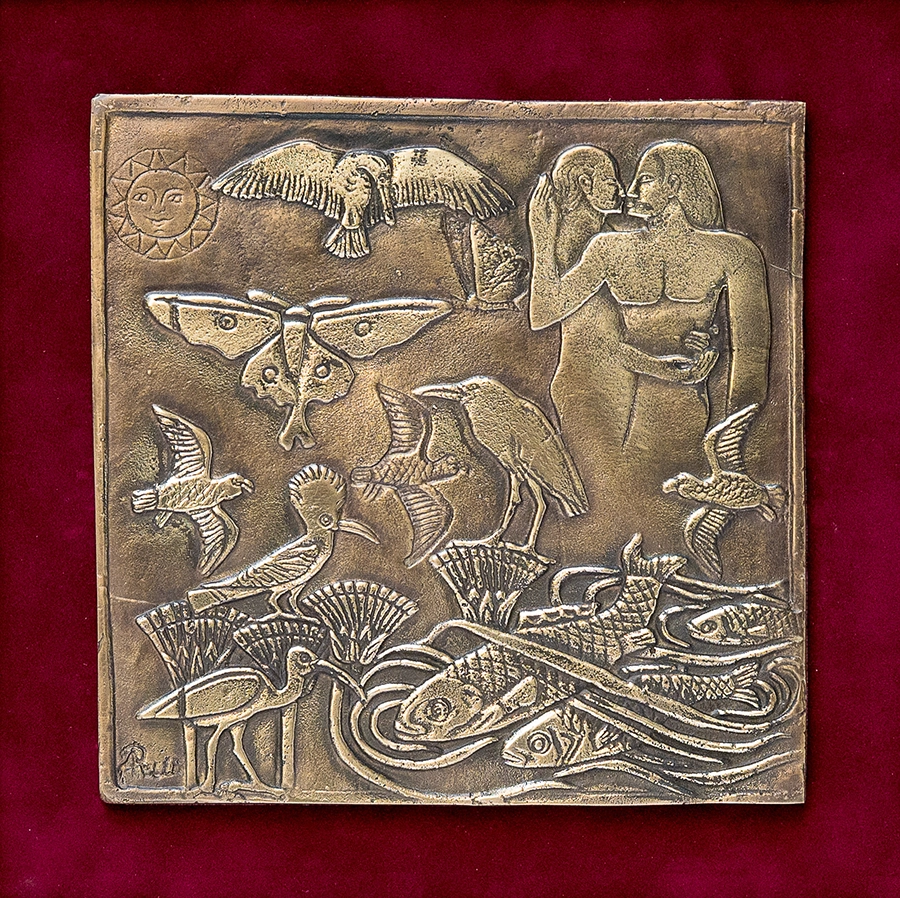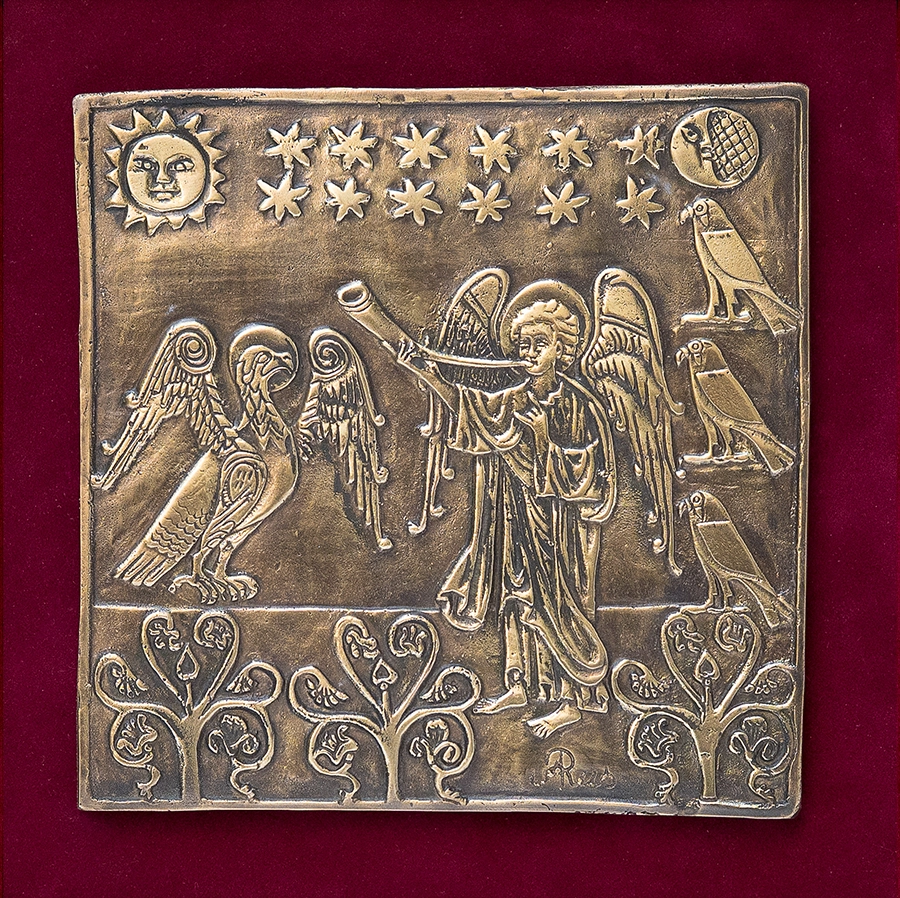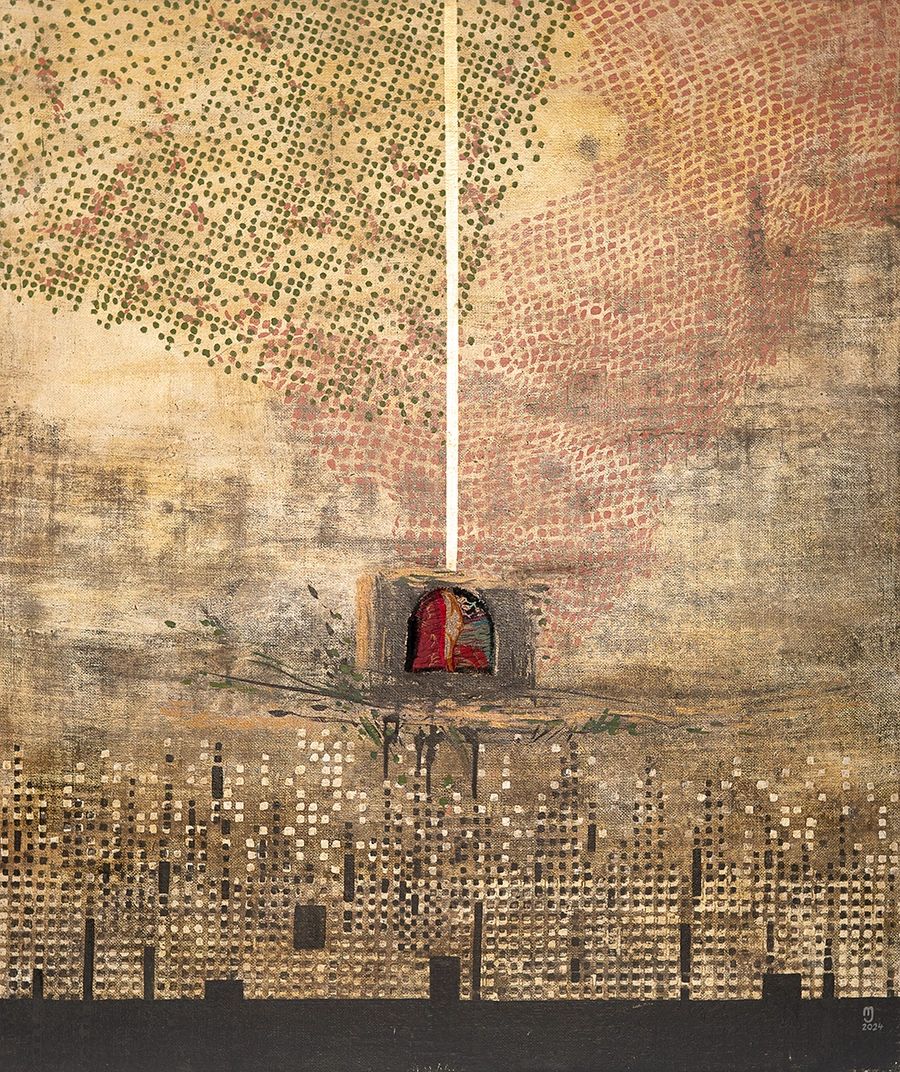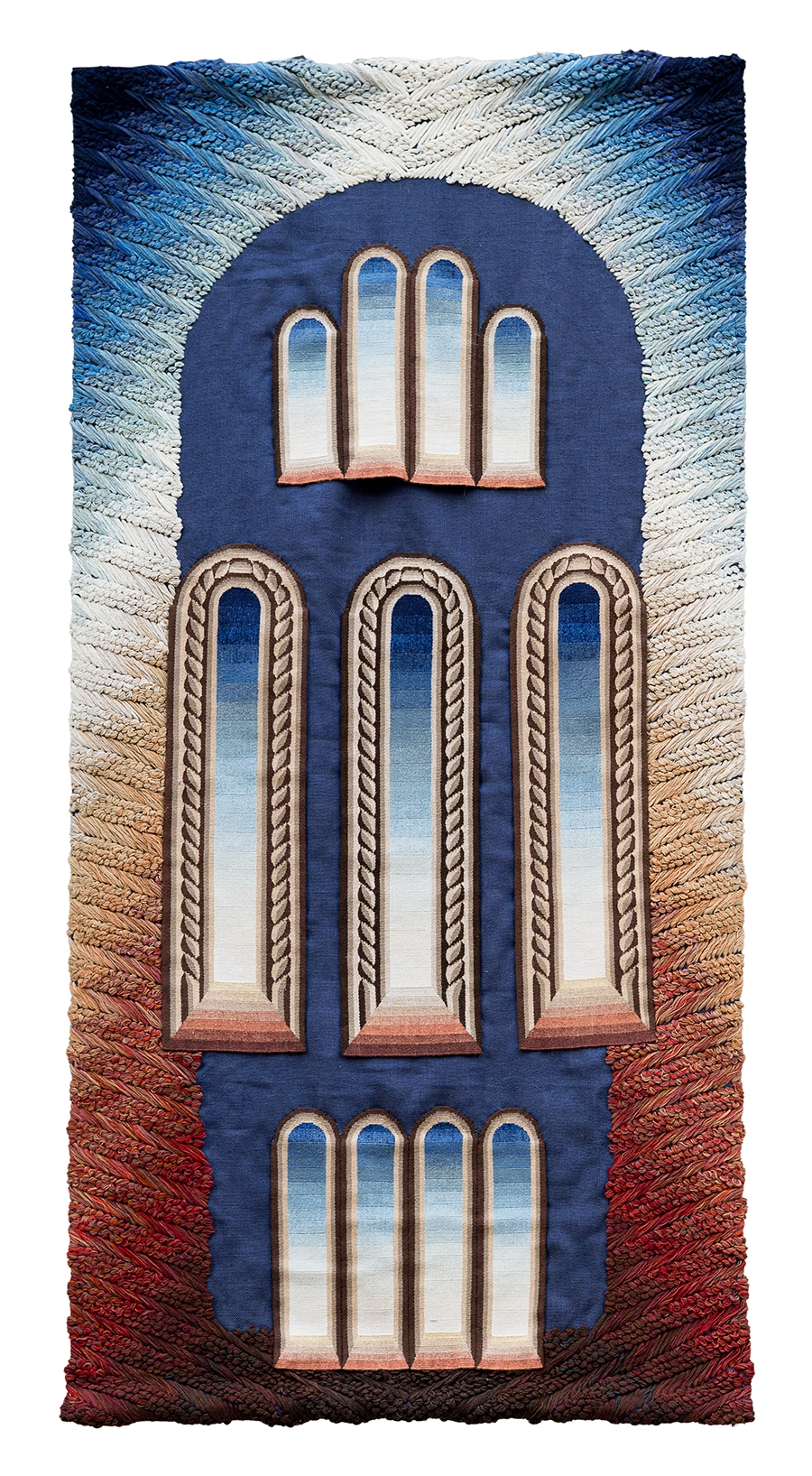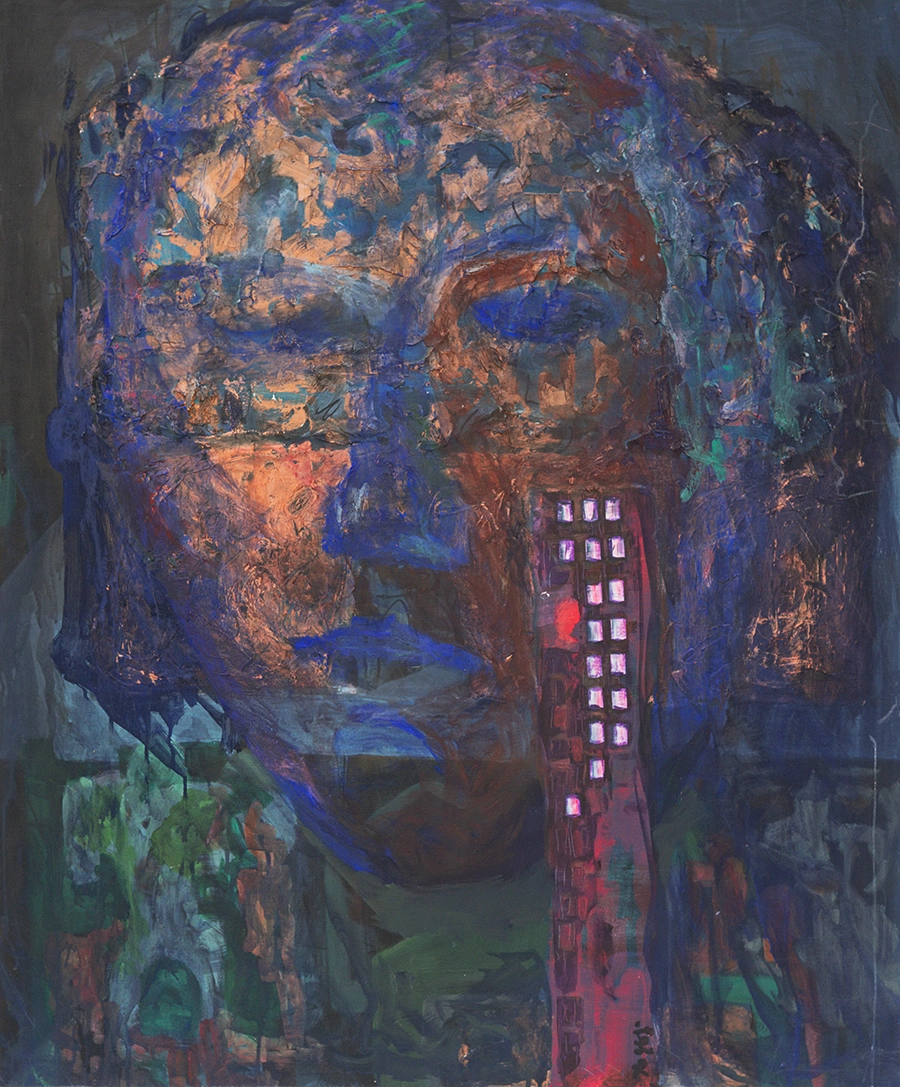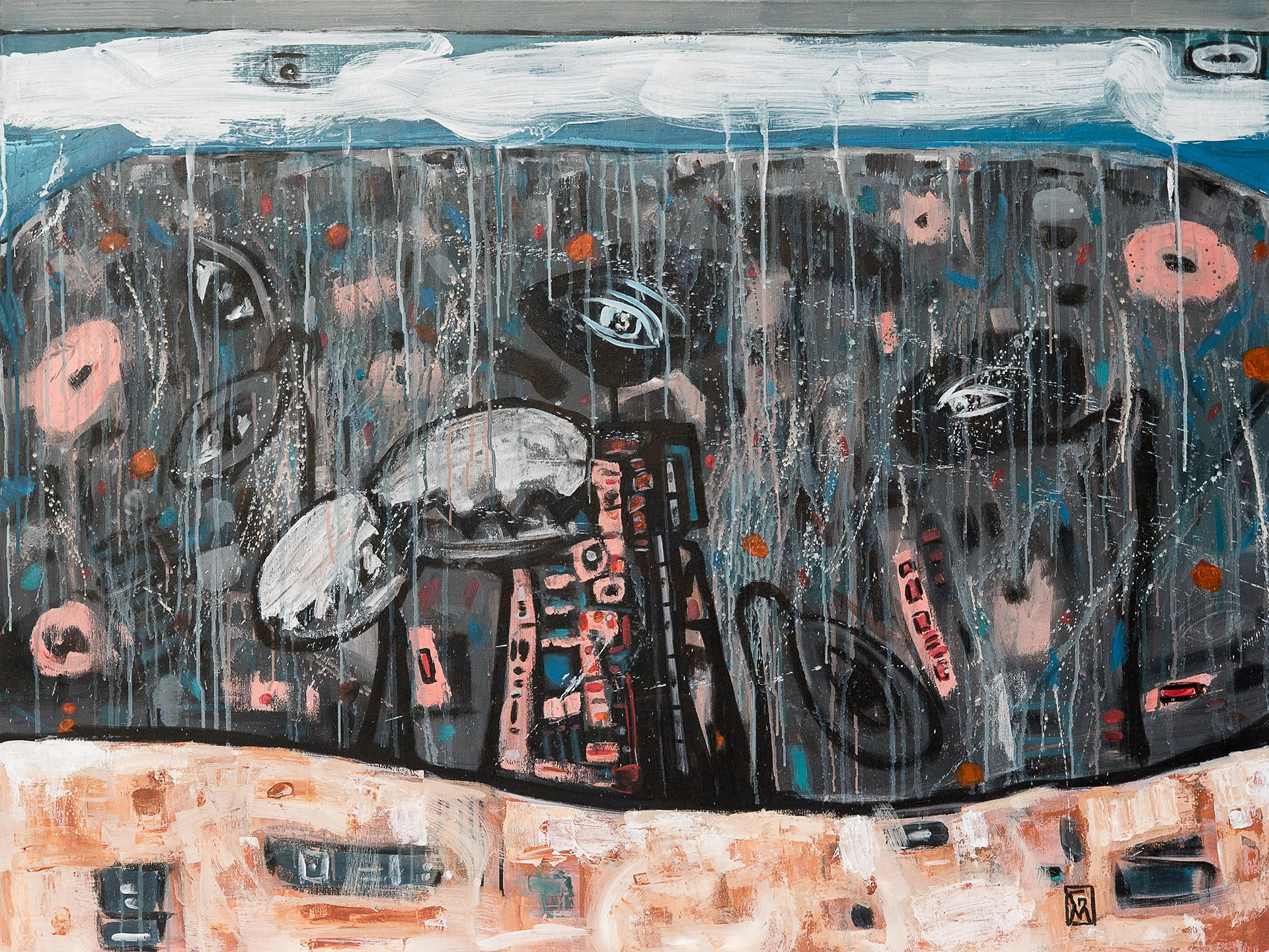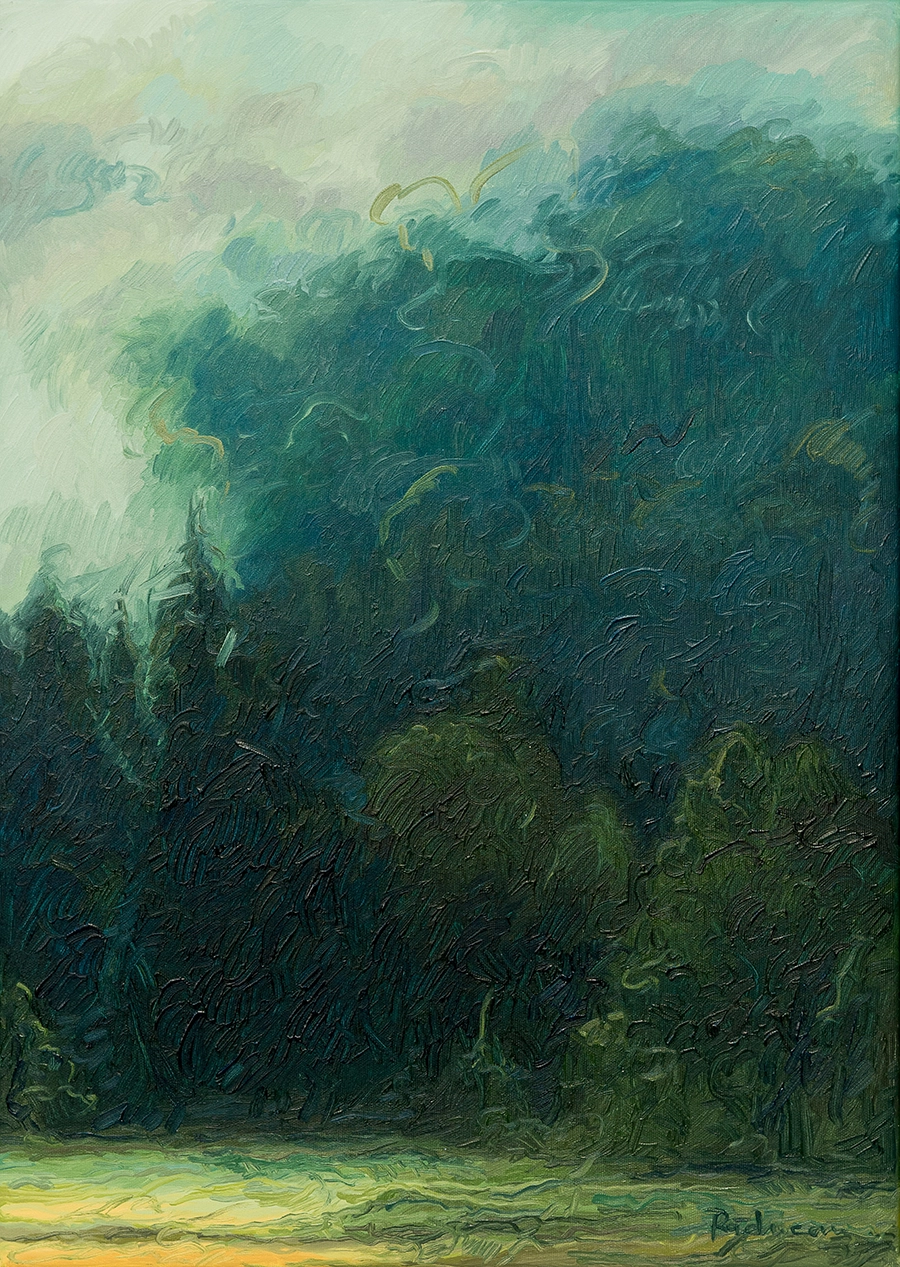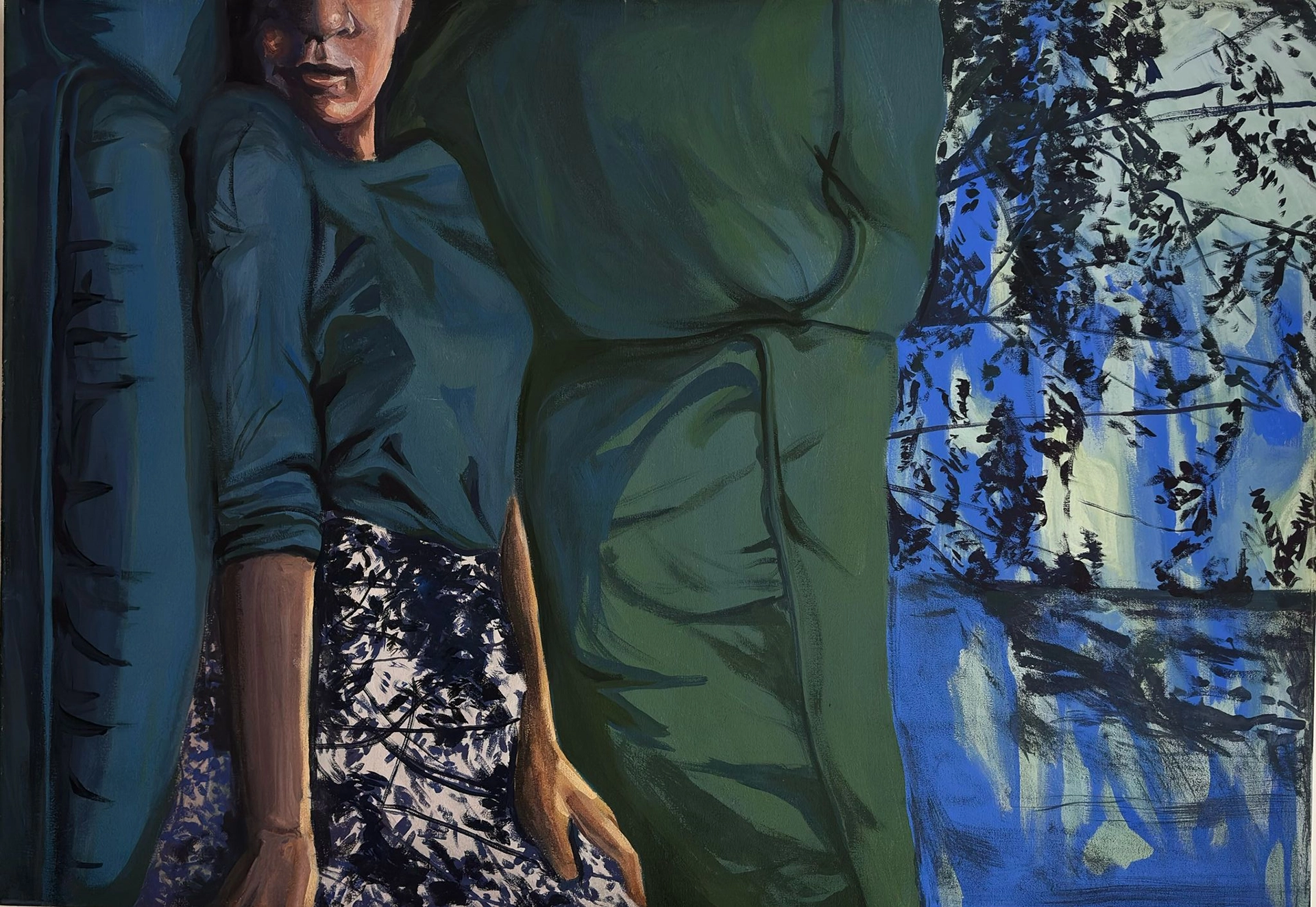If, in a previous article, we examined in a historical light how different aspects of the feminine have evolved over time, today, through the lens of the WIN Gallery’s new exhibition, Mystery in Bloom, we will focus on the reconstructions of femininity from the perspective of several female artists and their works. Art created by women or addressing feminist themes has evolved significantly over the past decades, supported by feminist movements that sought to balance unequal power dynamics and dismantle patriarchy. Furthermore, through multiple approaches that have promoted women’s free expression, they have been able to construct identities in which they can better recognize themselves, reducing the unjust distance between the dreamed ideal and the tangible one. Alongside WIN Gallery, The Embassy of The Republic of Slovenia in Romania participates with 10 artworks created by artists of Slovenian and Romanian origin.
Part of these developments has taken shape in the artistic realm, a living testament to which is today’s exhibition, where we find multiple elements that define femininity for female artists in ways that are more or less symbolic. These reinterpretations and representations take us on a journey whose narrative thread traverses numerous styles and different techniques, from painting to tapestry and sculpture. The dialogue is established both between the works and with the viewer, the interpretative mystery being precisely the fertile ground where each individual’s imagination can find a starting point. Towards what? Towards a better understanding of themselves, of the viewers, but also towards establishing a relationship between them and the artists' works—a relationship that, this time, also takes into account the dimension of femininity and its various perspectives on the world. For this very reason, the painting that welcomes the visitors of the gallery is Restricted to a Certain Sun, by Anei-Cristina Lupu, where we can see a feminine, elegant and classic portrayal, but with uncertain facial traits, an intention that opens the mystery in bloom.
